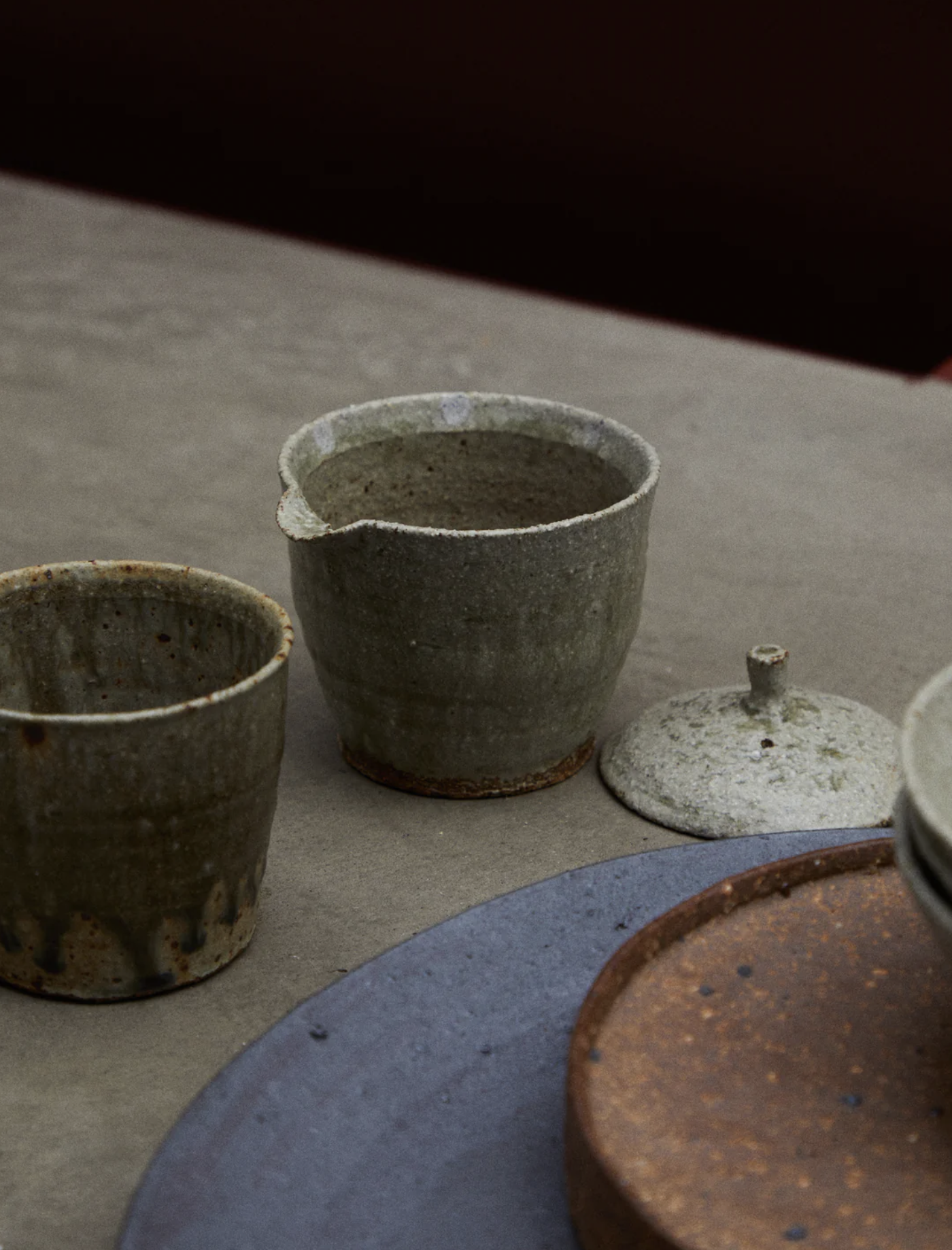Out with the New
Images, Baillie Baillie + Ingot Objects (via Abask.com). Linked below text.
Words, Colin Baillie.
Out with the New
We have an affinity for old buildings. There’s a richness that comes with age – patina of use, stories in little alterations, and quirks from past inhabitants. Some of the old buildings we work with have primitive, rustic qualities, and others, refined and ornate decorative work. We’re drawn to old buildings because, to differing degrees, they’re works of craftsmanship, and they communicate the hand of their makers. We connect to how they were made, and we enjoy the imperfections as much as the finely honed details.
New buildings often leave me a little cold by comparison, and too few have the same gravity and character. Some of this comes with time, for sure, but we’re interested in ways of making buildings that have an equivalent solidity, weight and connection with craft that historic buildings quite often possess. It sometimes draws us towards materials that are inherently imperfect, like handmade terracotta tiles, characterful timber, or rustic clay plaster. At times the level of perfection that can be achieved in fine timber cabinetry, for me, almost eliminates the legibility of craft. I’d rather have a few repaired knots on display than choose a perfectly unblemished piece of wood.
A wider appreciation of the imperfect in buildings, perhaps hasn’t yet aligned itself with a common sensibility in pottery. I like to buy handmade objects – old and new. My most treasured pieces of new pottery are the hand-thrown, wood-fired functional things like bowls and mugs. I’m drawn to makers whose work enjoys throwing rings, slight wobbles, and glazes that crack and blemish. Compare that to uniformly white, and rigorously identical cups and dinner sets. Even the very high-quality versions of these feel lifeless to me. I notice an analogous sterility in many new buildings, with plasterboard as the generic conduit. It’s a term that’s been a bit overused, but since there’s no equivalent word in English which speaks to the beauty of imperfection, the Japanese aesthetic concept of wabi-sabi is a good starting point.
A practical basis for this viewpoint can be found in the fact that things which have an inherent tolerance for imperfection age better. Perfect breaks at the first sign of a scratch or stain. The tolerantly imperfect is enriched by a few scuffs and scrapes, and things start to happily record their histories.
https://www.abask.com/products/ingot-objects-shiboridashi-teapot-2202202008




